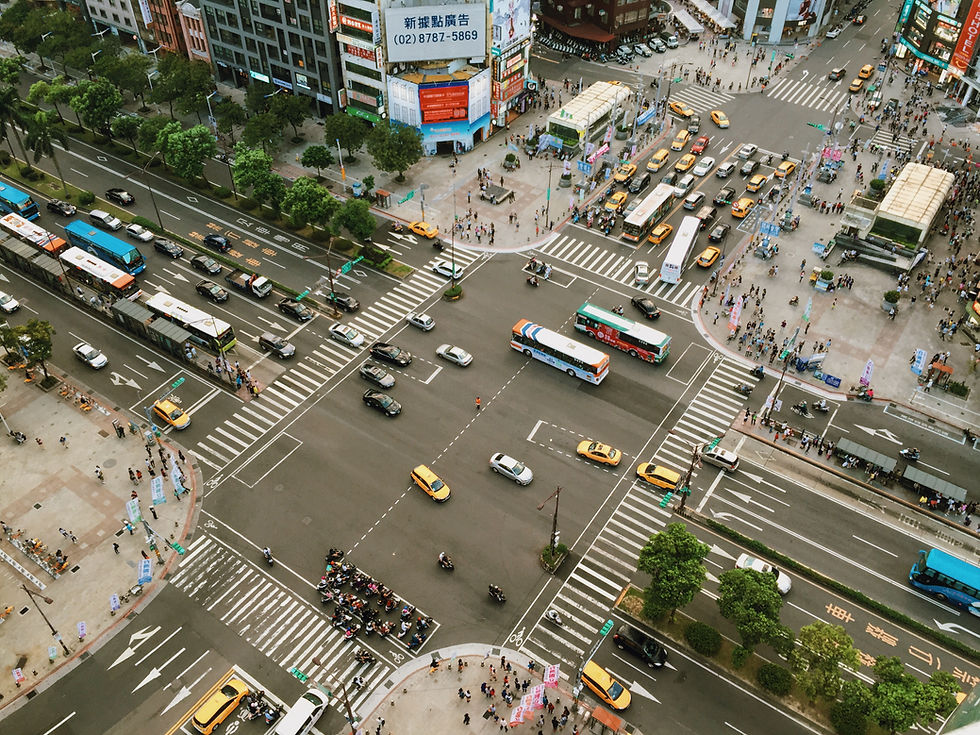Autonomous systems being developed use a combination of cameras, LIDAR and radar
LIDAR uses laser light to scan the environment. Early systems were based on mechanical rotation or side to side movement, but LIDAR units are now appearing that have no moving parts, and instead steer the laser beam by electronics. The reflected light is used to create a 3-D map of the area around the car. Since it uses emitted light it can work independently of the ambient light level. It has a higher resolution than radar.
Historically LIDAR systems have been very expensive, but new developments are pushing down the cost. The res.olution is modest, so the level of image detail may be limited. The received image is in grey scale. The range is also limited to perhaps 70-100 m, depending on the size of the object, although some systems may have a bigger range. The image they produce is distorted due to the movement both of the car and outside objects; the nature of the scanning process means that different parts of the area are scanned at different times. This also means that LIDAR is difficult to use for monitoring movement of objects (as is needed for collision avoidance). LIDAR systems struggle in heavy rain, snow and fog. The sensor needs to be mounted externally. Determination of the location and speed of objects is computationally very intensive. It is not clear what the overall response time is.
The wavelengths used for lasers in car LIDAR systems are in the near infra-red, and are considered ‘eye safe’.
Camera systems use ambient light, and are inexpensive so multiple cameras can be used. The images are analyzed to build up a 3 dimensional model. The resolution is very good, much better than LIDAR, and gives a full colour image which means they can be used to detect traffic lights and lights from other vehicles (e.g. brake lights and indicators) and can be used to read signs. The variation in illumination, including moving shadows and glare can makes analysis of the images complex.
Radar detects objects by sending out radio waves (with a wave length of around 1cm or so) which bounce off objects and are detected by a receiver. The radar system times how long it takes from the return signal to be received (which gives distance) and measures the Doppler shift in the frequency, which gives the velocity of the object along the line of sight. Radar may be susceptible to interference.
The stopping distance at 70 mph, under dry conditions and a good surface and with a properly maintained car, is given by the UK Highway Code as 75m , and under adverse conditions can be considerably more. To this has to be added the reaction time (whether it be human or computer). Even if an autonomous car can react more quickly than a human under all conditions, the working range of current detection systems seems to be around 150 – 200 m. The range of perception of human drivers is much better than this – imagine how it would feel to drive if you could only ever see about 150 m ahead.
Just as human drivers may need to exceed the speed limit to safely execute an overtaking or passing manoeuvre, autonomous cars will probably have to be permitted to exceed the speed limit occasionally, as well as drive with some variation in speed, otherwise there would seem to be a significant risk on motorways that bunching would occur.



Comments